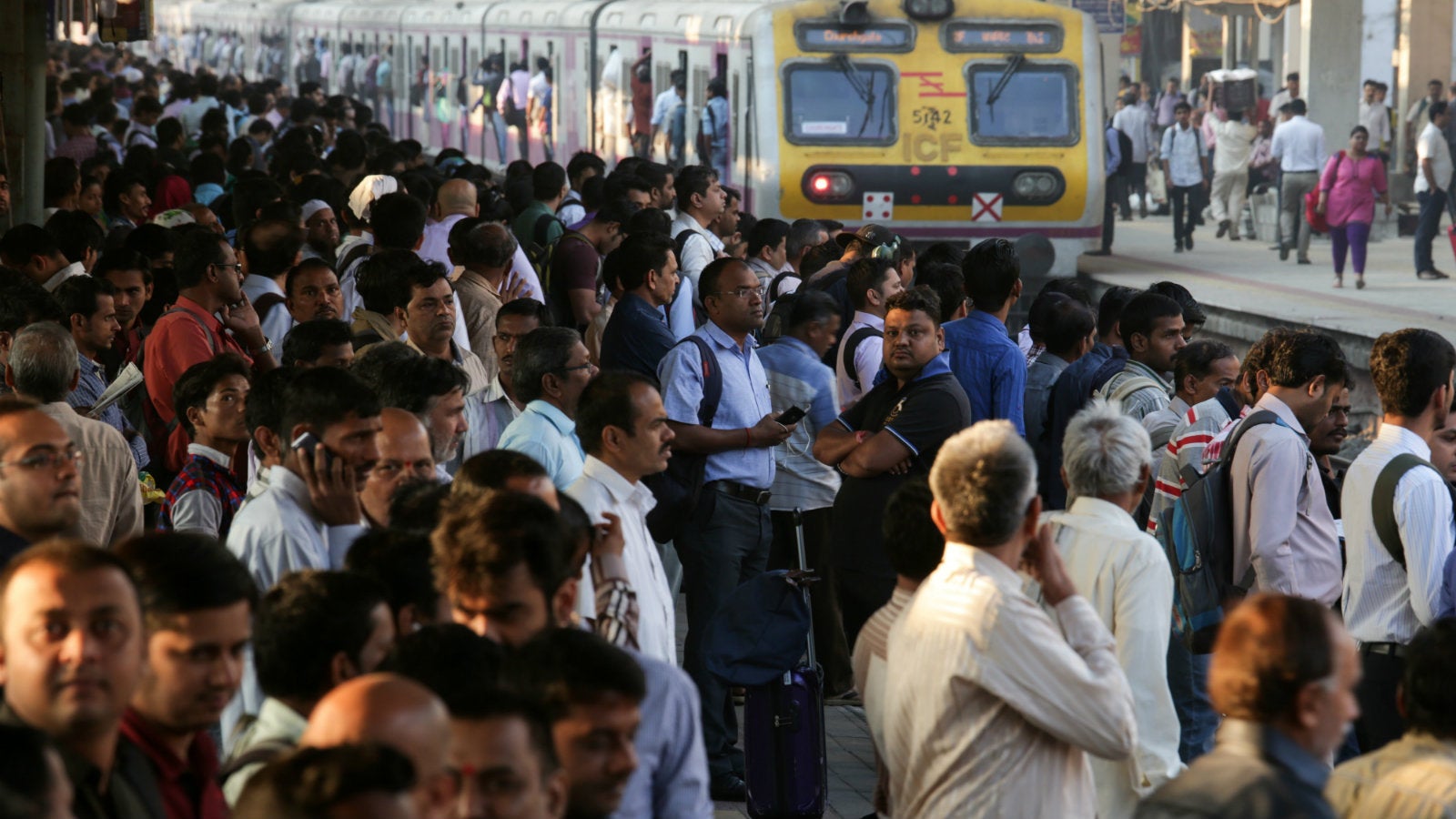It’s privilege—not hard work—that’s most likely to determine an Indian’s income
India may be the world’s fastest growing economy but it is also among the worst in letting people move up the social and economic ladder.


India may be the world’s fastest growing economy but it is also among the worst in letting people move up the social and economic ladder.
A May 2018 World Bank report compared the living standards of people born in the 1980s to that of their parents across 75 counties, and found that India had failed to deliver compared to Brazil, China, Egypt, Indonesia, and Nigeria. “In the case of India, even though relative mobility has been improving, it is still low by international standards and the lowest among the six large developing economies,” the study said.
Lower relative mobility results from higher inequality in income as well as opportunity. This, in turn, results in slower and less-inclusive economic growth.
Data show that 75% of the current average income of an Indian millennial has to do with parental connections, legacies, social privilege such as membership in a preferred social group, or political power. This has restricted the growth in incomes for people from disadvantaged sections of the society.
The hurdles
Education is a key driver, as well as an indicator, of a person’s rising economic status. India, the report says, ranks among the bottom five countries for people attaining higher education than the previous generation.
There is a 71% chance that an Indian born in the 1980s to parents in the bottom half of the population in terms of education will remain in the same educational bracket as the previous generation.
Poverty and access to education are huge barriers to subsequent generations attaining higher education. That said, in countries like India, there is also a huge deficit of aspiration in low-income groups. This stems from their gloomy social environment and rigid social hierarchies.
India is also among the worst-performing countries in terms of filling the gender gap. “Over the last 40 years, this gender gap has largely been closed in the average developing economy…India and Nigeria are two prominent examples of economies in which the gender gap persists,” the report said.
Similarly, people from lower castes and minority groups in India are also hamstrung. Although India’s scheduled castes and tribes have seen economic improvement, the rise has been limited by caste-based discrimination in the labour market. “Résumé-based correspondence studies provide evidence on the barriers faced by workers belonging to historically disadvantaged caste groups, even if hiring involves a formal application process as in the case of call-centre jobs or entry-level white-collar jobs,” the study noted.